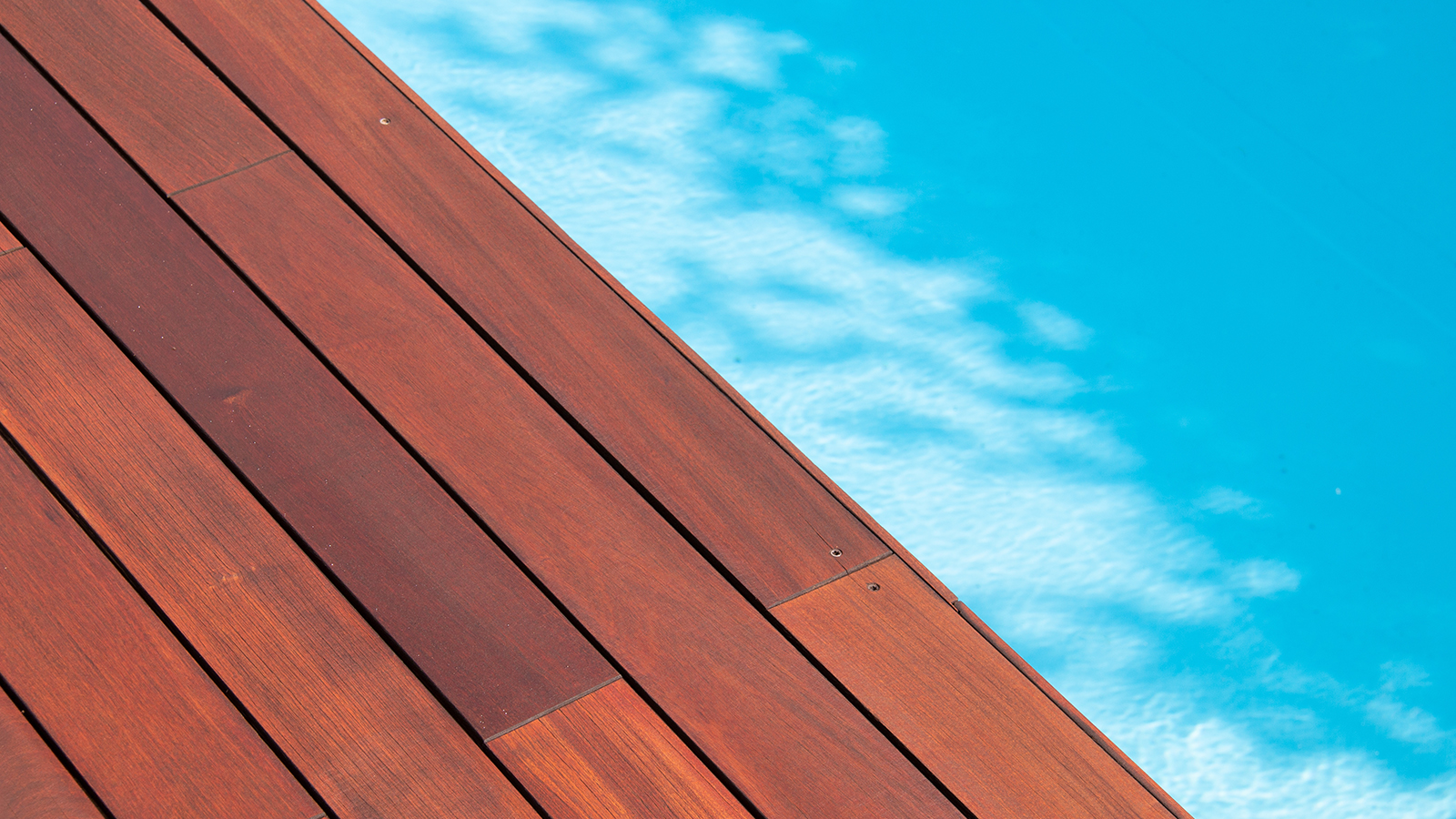The quest for the hardest wood in the world reveals a fascinating array of species that challenge traditional notions of toughness. While many may assume that oak or hickory reigns supreme, the reality is much more complex. The Janka hardness test serves as the benchmark for assessing wood hardness, measuring the force required to embed a steel ball into a wood sample. This test has identified several contenders for the title of the hardest wood, each with its unique characteristics and applications.
Top Hardwoods in the World
One of the most frequently cited candidates is the Australian Buloke (*Allocasuarina luehmannii*), which boasts an impressive Janka hardness rating of approximately 5,060 lbf. Native to Australia, this flowering plant is renowned for its extreme durability and high density. Its toughness is often likened to that of quebracho, a South American hardwood that also earns the nickname “axe-breaker.” With a Janka hardness exceeding 4,500 lbf, quebracho has a long history of use in construction and railway ties, showcasing its strength and water resistance.
Another notable contender is Lignum vitae, which translates to “wood of life.” This species can reach a hardness of up to 4,500 lbf and is prized for its use in luxury items and musical instruments. Unfortunately, Lignum vitae is now considered an endangered species, raising concerns about its sustainability.
The striking Snakewood stands out not only for its density but also for its distinctive reddish-brown color marked with black streaks. It is highly sought after for decorative purposes, particularly in knife handles and instrument bows, due to its unique aesthetic appeal and durability.
Valued Hardwoods and Their Applications
Another noteworthy species is African blackwood, which is among the most expensive woods globally. With a high Janka rating, it is favored for crafting high-end musical instruments. Despite its hardness, African blackwood is also valued for its ability to be intricately carved and polished to a stunning finish. Like Lignum vitae, this species faces threats due to limited availability, making it a precious resource.
Additionally, Brazilian walnut, commonly referred to as ipe, scores around 3,600 lbf on the Janka scale. Its resistance to water and insects, combined with its exceptional durability, makes it a popular choice for decking and outdoor construction projects.
Another contender is Brazilian teak, which has a Janka hardness of about 3,300 lbf. This hardwood is celebrated for its high density and water resistance, making it ideal for flooring and heavy-use furniture.
The Janka hardness test measures the force in pounds (lbf) needed to embed a steel ball into wood. As a point of comparison, common hardwoods like oak typically register around 1,300 lbf, while the hardest woods can exceed 5,000 lbf. This significant difference highlights the unique qualities and applications of these extraordinary materials.
In summary, the world’s hardest woods not only serve practical purposes in construction, furniture making, and musical instrument manufacturing but also carry historical significance and aesthetic appeal. As the demand for these woods continues to grow, awareness of their sustainable sourcing becomes essential to preserve these remarkable species for future generations.







